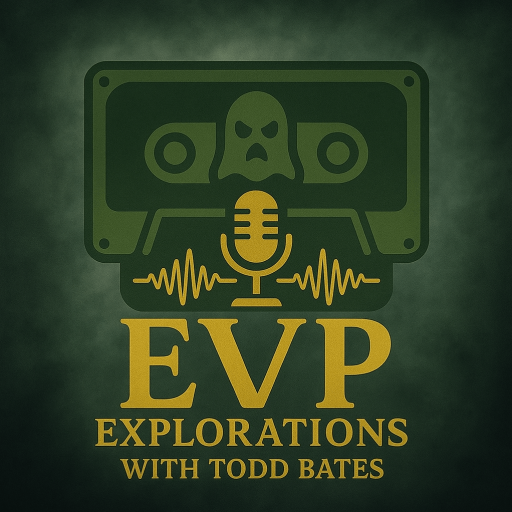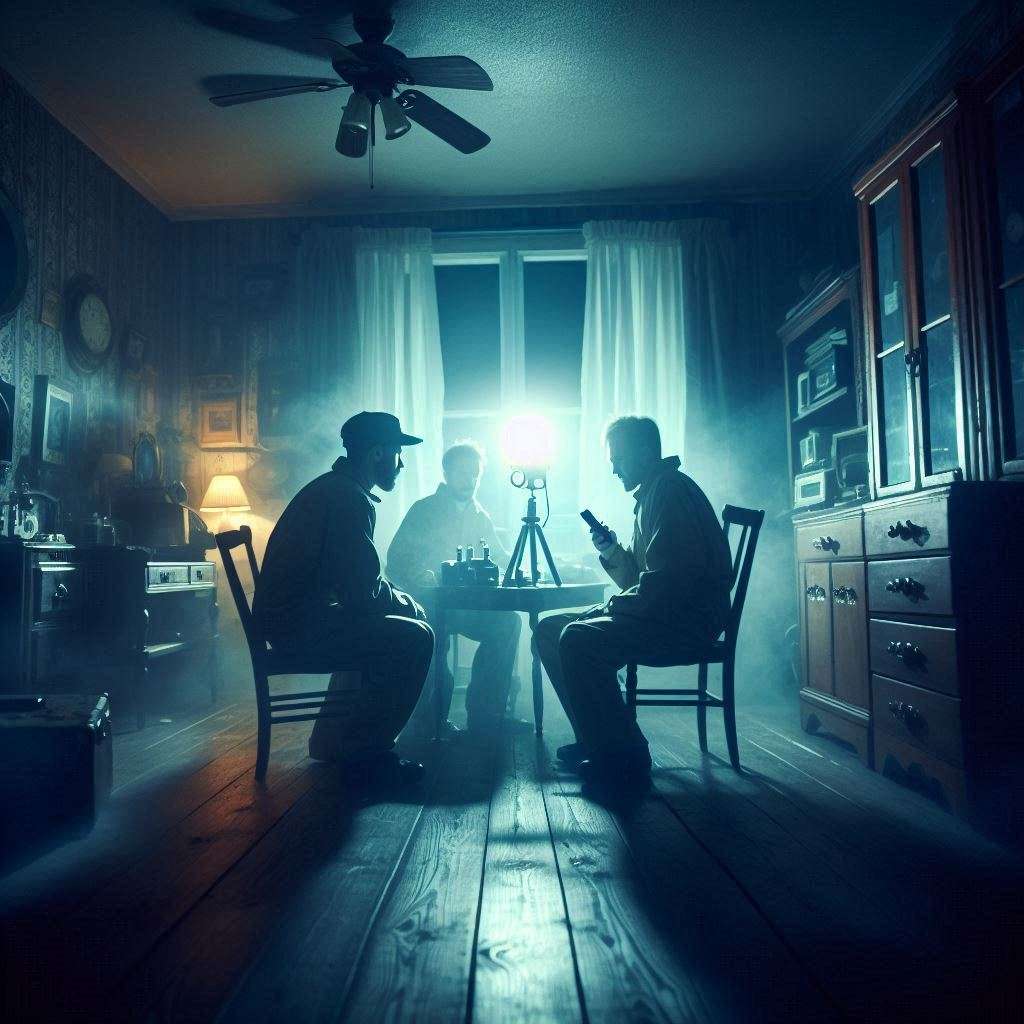How to Analyze Your EVP Captures Using Adobe Audition: Less Is More
Electronic Voice Phenomena (EVP) research continues to be one of the most intriguing aspects of paranormal investigation. Capturing a possible voice from the other side is thrilling—but interpreting what you’ve caught is where the real work begins. If you’re using Adobe Audition to review and analyze your recordings, it’s important to approach the process with discipline, restraint, and an eye for subtlety.
In this blog, we’ll cover how to analyze your EVP captures using Adobe Audition—while emphasizing a core principle that many overlook: less is more.
Step One: Import Your Recording
Start by importing your raw audio file into Adobe Audition. Avoid converting formats if you can help it. Always work with the original, uncompressed WAV files for best quality.
Once your file is loaded, switch to the Spectral Frequency Display (Shift+D). This view is essential for EVP analysis. While waveforms show amplitude, spectral views reveal the frequency footprint of every sound—making it easier to differentiate between human voices, ambient noise, and potential EVPs.
Step Two: Don’t Rush to Clean
One of the biggest mistakes beginners make is immediately trying to “clean up” the recording with heavy noise reduction tools. In traditional audio production, this makes sense. But in EVP analysis, noise is part of the environment—and sometimes, part of the phenomenon.
Applying aggressive noise reduction, compression, or equalization can not only distort your capture but also erase or morph subtle EVPs into artifacts that mislead the ear.
Preserve the raw quality of the recording. At most, consider a light boost in overall volume—but avoid processing the file to sound “prettier.”
Step Three: Use Spectral Analysis to Identify Vocal Characteristics
Here’s where Adobe Audition becomes an invaluable tool. In the spectral display, human voices show up as fossil-like patterns—layered, with deep vertical bands and curved harmonics. This is due to the complex structure of vocal cords and the breath that powers speech.
In contrast, EVP captures often appear flat—without the expected harmonics or frequency spread. They might look like short, horizontal smudges or faint lines that don’t resemble a human voiceprint. This anomaly is a big clue: if it sounds like a voice but doesn’t look like one in the spectral view, it may be something worth closer study.
Train your eye to look for these differences. Spend time comparing known human speech to your mysterious anomalies.
Step Four: Isolate—But Don’t Manipulate
If you think you’ve found a potential EVP, use the Spectral Spot Healing Brush or Marquee Selection Toolto isolate the area visually. Zoom in and loop that segment.
Listen at normal speed, then try slowing the playback just slightly. This can sometimes help clarify whispered or brief phrases—but again, avoid time-stretching or pitch-shifting too heavily, as this can alter the original sound signature.
Step Five: Trust Your Process, Not Just Your Ears
Audio pareidolia—the tendency to hear words in random noise—is a very real concern. That’s why visual analysis through the spectral display is just as important as what you think you hear. Trust the tools. If what you’re hearing doesn’t look like a voice, be cautious before declaring it one.
Compare your suspected EVP with other samples, both normal and anomalous. Build a library over time. Patterns—or lack thereof—can help you develop a stronger analytical ear and eye.
Final Thoughts: Let the Evidence Speak
Adobe Audition is a powerful platform, but it’s your investigative discipline that makes the difference. When analyzing EVP:
- Avoid over-processing your audio.
- Use spectral display to visually differentiate normal voices from potential anomalies.
- Let your evidence remain authentic—don’t force it into something it’s not.
EVP research isn’t about making audio sound better. It’s about uncovering the extraordinary hidden within the ordinary. Respect the noise, study the patterns, and always follow the evidence—no matter how faint the whisper.
Need more guidance on analyzing EVPs or want to share your findings? Join the discussion in our weekly EVP Explorations live show—where we dive into techniques, review user submissions, and discuss the mysteries of the unknown.
Stay Connected with EVP Explorations!
Subscribe to our free newsletter for the latest updates, education, tips, investigation methods, and new articles—delivered right to your inbox.
Join today and keep exploring with us!

















